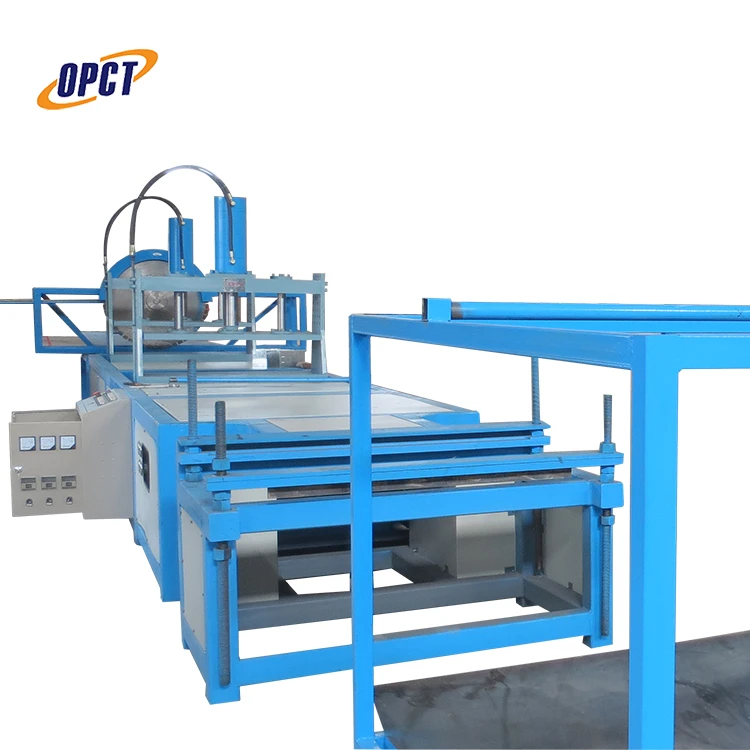


When considering the implementation of GRP pipes in infrastructure projects, it is essential to assess their advantages, practical applications, and inherent properties. Glass Reinforced Plastic (GRP) pipes have garnered considerable interest due to their extraordinary resilience, light weight, and adaptability across a broad spectrum of environmental conditions. Their construction from intertwining fibers of glass and plastic matrix provides an ideal combination of strength and corrosion resistance, making them a superior alternative in diverse industrial sectors.

One notable advantage of GRP pipes is their impressive durability. GRP's resistance to corrosion is a standout feature. Unlike traditional materials that may succumb to rust and chemical deterioration, GRP pipes excel in harsh chemical environments, which is invaluable for industries handling corrosive materials. This longevity contributes directly to lower maintenance costs and less frequent replacements, translating to savings over time and increased reliability in mission-critical operations.
In real-world applications, GRP pipes offer unmatched flexibility. Their lightweight nature simplifies transportation and installation, requiring less heavy machinery and reducing labor costs significantly. This versatility does not come at the expense of strength; GRP pipes can endure extreme temperature variations and substantial pressure loads, making them ideal for both high-pressure and high-temperature applications found in sectors like oil and gas, wastewater management, and marine industries.

Another critical consideration is sustainability. As industries strive towards eco-friendliness, GRP pipes stand out due to their reduced environmental impact throughout their lifecycle. The materials involved in their manufacturing are less taxing on natural resources, contributing to a lower carbon footprint. Moreover, at the end of their long service life, GRP materials can be recycled, aligning with global sustainability goals.
GRP's performance has been scientifically validated in numerous studies, underscoring its role in enhancing project efficacy. For instance, in water transmission projects, GRP pipes have demonstrated superior performance by reducing frictional losses compared to metal pipes, resulting in energy savings during fluid transport. Such efficiencies highlight GRP’s expertise as a technologically advanced solution that not only meets but often exceeds operational expectations.
Furthermore, the credibility of GRP implementation is reinforced by endorsements from industry experts and successful case studies worldwide. Engineers and project managers consistently report not only on the ease of working with GRP but also on the elevated safety standards achieved due to its non-conductive nature. This quality minimizes risks associated with electrical hazards, a crucial factor in complex industrial environments.
In conclusion, the adoption of GRP pipes into new and existing projects leverages state-of-the-art material technology that promises reliability, cost-efficiency, and adherence to sustainability commitments. As industries evolve, selecting materials like GRP, which offer proven performance and numerous advantages, is essential for ensuring operational success and longevity. Embracing GRP comprehensively addresses modern infrastructure challenges, making it a definitive choice for forward-thinking projects.